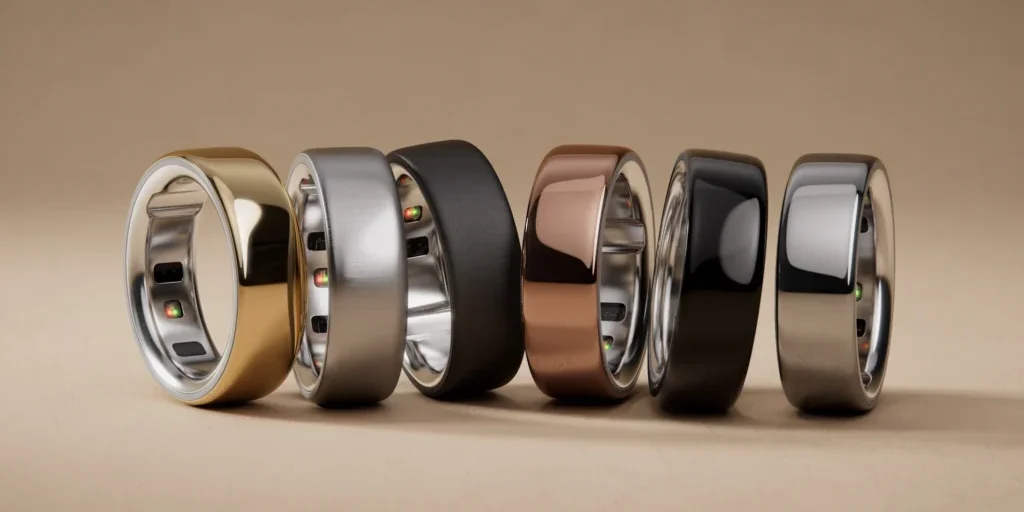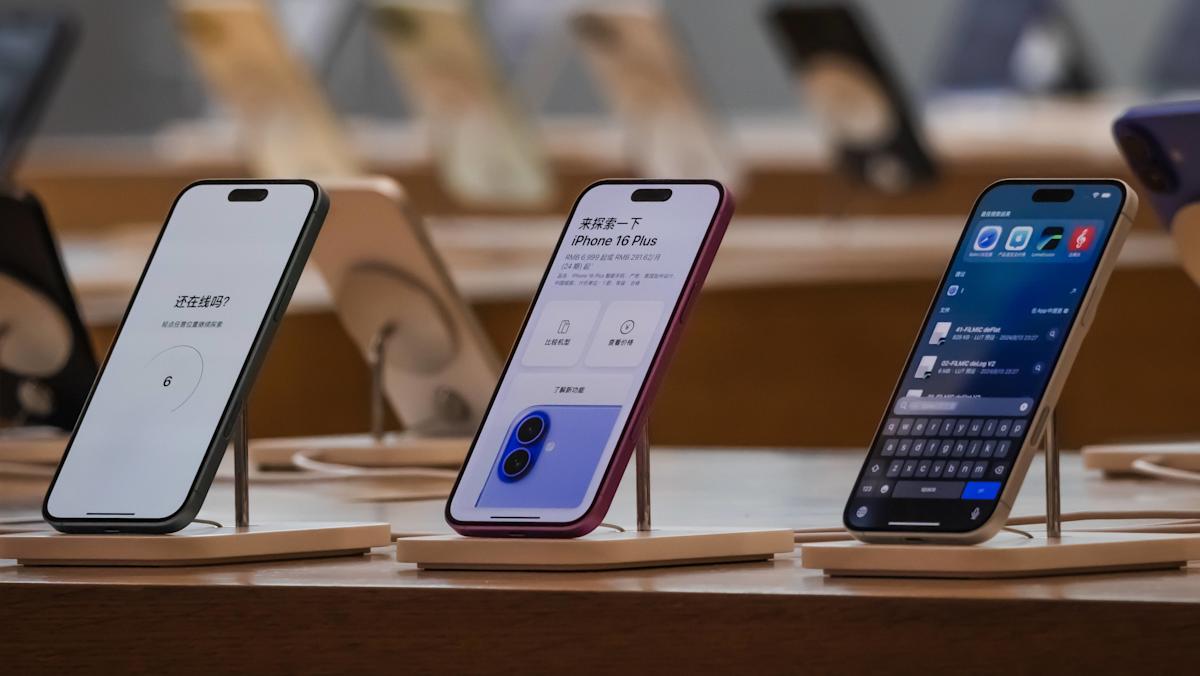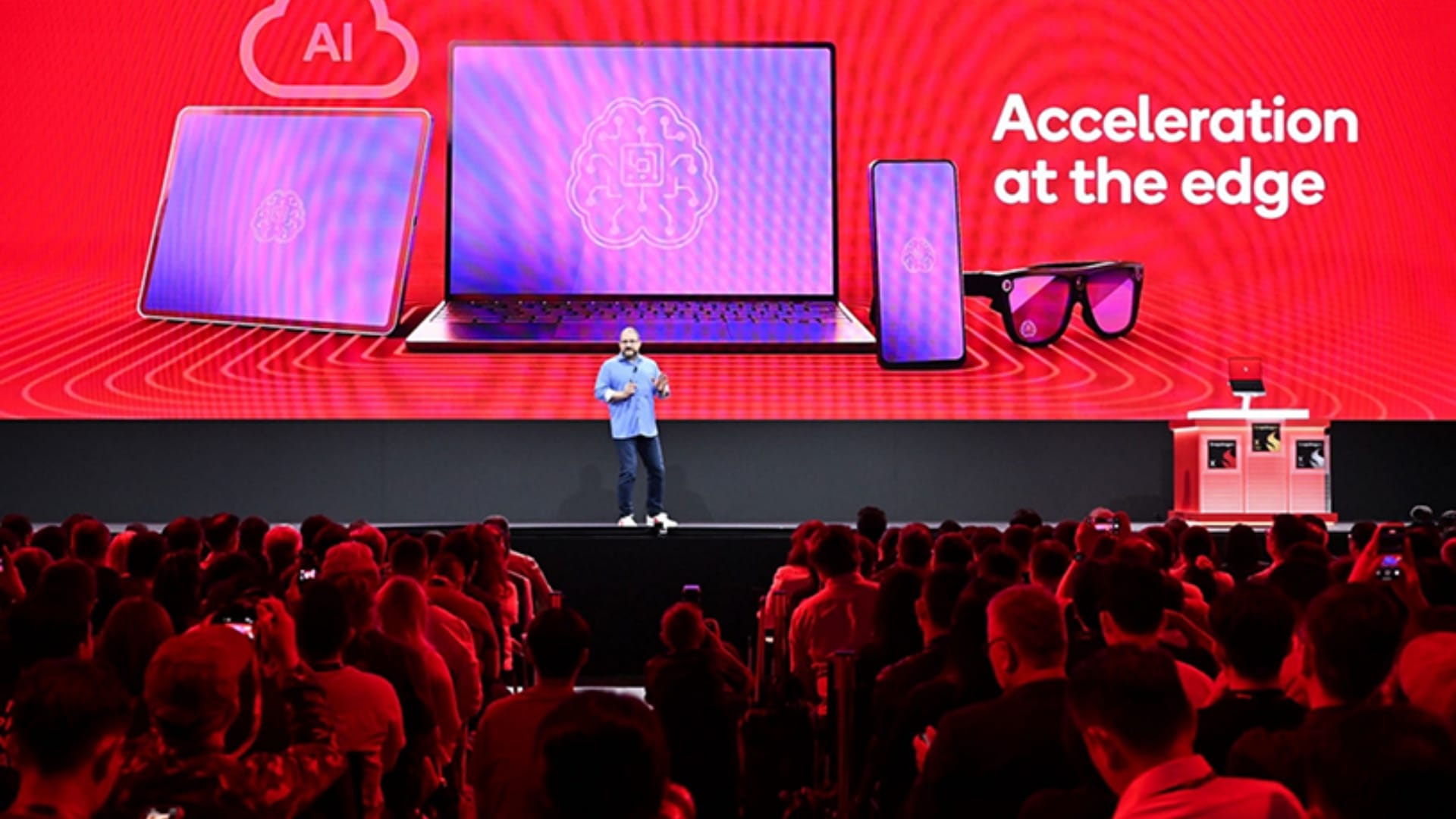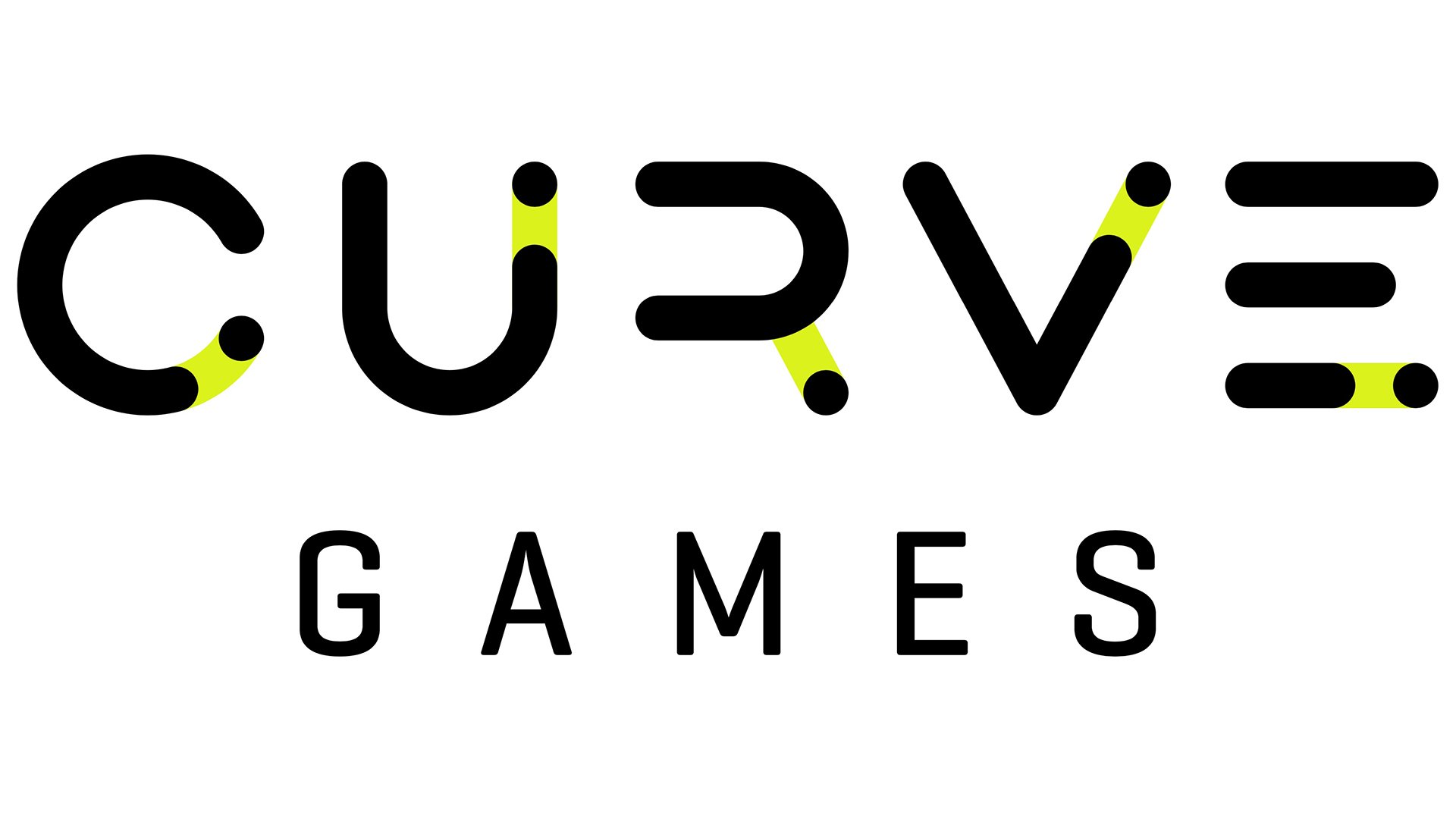New features offer holistic metabolic data, with the potential to transform the wearables landscape with nutritional insights
Oura is reinforcing its role as a leader in the wearable wellness space with a dual announcement that marks a significant moment for the brand. The company launched two highly anticipated metabolic features, Meals and Glucose, as part of its ongoing effort to personalize health tracking and empower users to better manage metabolic health.
More than 800 million people live with obesity and nearly 500 million adults live with prediabetes. These conditions increase the risk of serious complications, including heart disease and kidney failure. Metabolic health is deeply individual, shaped by genetics, hormones, environment and daily behavior.
In response, Oura is rolling out Meals and Glucose, designed to help users make sense of their biometric data in a way that goes beyond calorie counting and simple activity tracking. After months in Oura Labs, Meals is now a permanent fixture in the Oura App. The feature allows users to take or upload photos of their meals, which are analyzed by AI to deliver immediate insights into key nutritional components like protein, fiber, added sugars, fats and carbohydrates.
Oura’s Glucose feature integrates with the Stelo Glucose Biosensor by Dexcom, the first FDA-cleared biosensor of its kind, which members can purchase directly through ouraring.com. Once paired, the Oura App provides a real-time view of glucose levels alongside sleep, stress and activity data.
The new in-app Glucose screen offers contextual visualizations and insights, including a new metric, Time Above Range, which tracks how long a user’s glucose levels exceed their optimal zone. The AI-generated analysis helps users uncover patterns between meals, stress, movement and sleep, empowering them to make lifestyle changes that support balanced glucose levels.
The company’s push into metabolic health comes amid an important legal victory. In an initial determination issued by the Administrative Law Judge in its ITC case, Oura prevailed on all counts in its patent infringement claims against Ultrahuman and RingConn, two competitors in the smart ring market.
The judge ruled in favor of Oura, confirming that Ultrahuman infringed every element of the asserted patent claims. Oura’s patent was upheld as valid despite prior art challenges. The court found Ultrahuman had submitted falsified evidence about a Texas facility and noted Oura was the only party to present credible testimony. Claims that Oura was stifling competition were rejected and the company was recognized as meeting the U.S. domestic industry requirement through its R&D and manufacturing efforts.
“This ruling validates our position and the strength of our patents,” an Oura spokesperson said. “It’s a significant win for the scientists, developers and product teams who are shaping the future of preventative health.”













 Tim Kurkjian on WHAT’S NEXT after MLB amends ineligible list | SportsCenter
Tim Kurkjian on WHAT’S NEXT after MLB amends ineligible list | SportsCenter











































